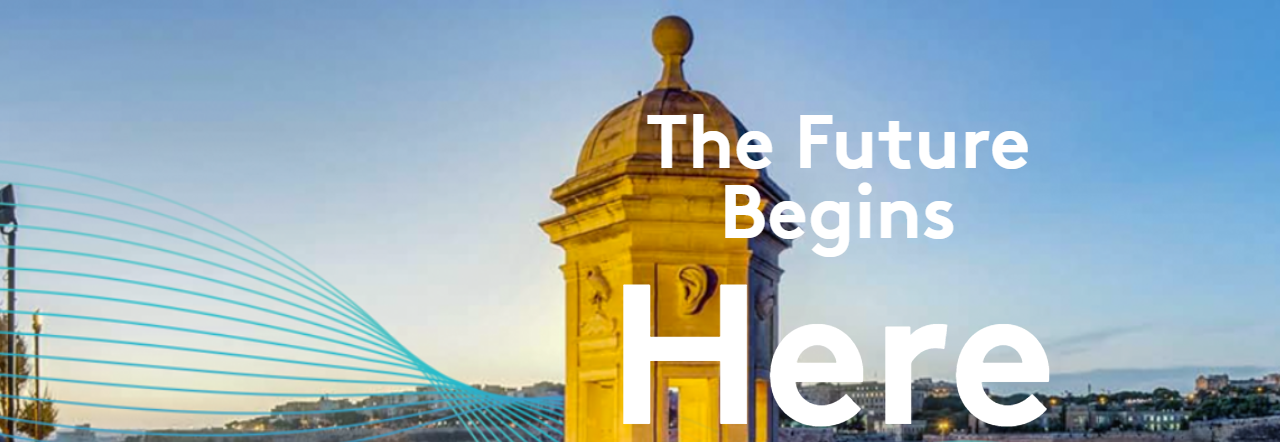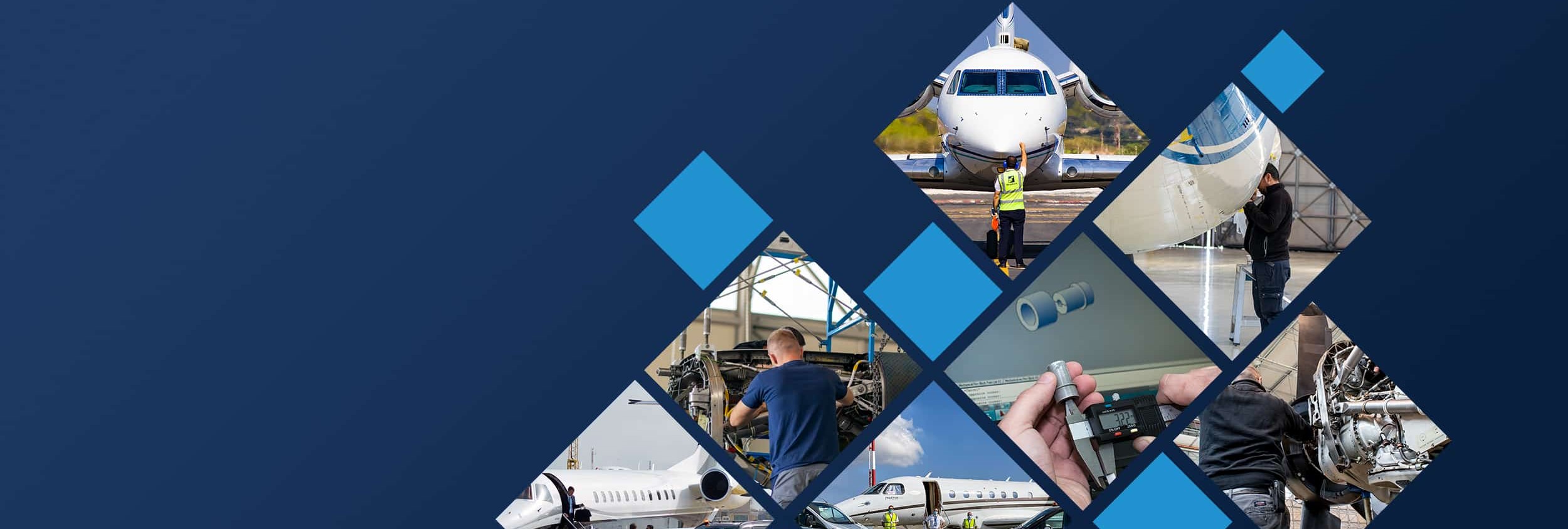The hiring market in Malta is evolving rapidly, presenting both recruitment challenges and opportunities for employers. As HR and Talent Acquisition (TA) teams strive to keep up, innovative solutions like Applicant Tracking Systems (ATS) are becoming essential tools to gain a competitive edge.
Top Recruitment Challenges in Malta for 2025
1. Skills Shortages
For the past few years, Malta has been facing a decline in specialised talent. EY’s latest Malta’s Attractiveness Survey reveals that only 32% of respondents view local labour skills as attractive, particularly in high-demand fields such as AI, data science, and cybersecurity. Meanwhile, the World Economic Forum projects that by 2025, automation could displace 85 million jobs globally while simultaneously creating 97 million new roles. This urgent need for reskilling, coupled with shifting workforce expectations and the challenges of retaining the “Job Hopping Generation,” poses substantial challenges to maintaining a skilled and engaged workforce, leaving HR leaders under considerable pressure.
2. Rising Labour Costs
Attracting and retaining skilled employees is becoming an increasingly challenging competitive advantage to uphold. Rising housing and living costs are driving up the expense of hiring and keeping top talent, particularly when the ideal candidate needs to relocate from abroad. Employers face a dual challenge: managing costs while meeting growing demands for better compensation, flexibility, and benefits. Striking the right balance between these financial pressures and employee satisfaction is essential for sustaining a motivated and loyal workforce.
3. Inefficient Hiring Processes
Recruiting is one of the most inefficient business processes, trailing only behind emails, procurement, and meetings. Outdated hiring processes and slow recruitment cycles lead to missed opportunities, as top candidates are typically available for less than 2 weeks. Additionally, the recruitment process is becoming more digital, requiring efficient and streamlined practices to attract top talent. Slow progress in the hiring cycle—from planning and posting roles on job boards to collating applications, interviewing, and offering—gives candidates a poor initial impression and encourages them to look elsewhere.
4. Infrastructure and Support Systems
The EY Report highlights that inefficiencies in work permit processes hinder the ability to attract international talent, making it difficult for businesses to scale and meet their staffing demands effectively. Similarly, Gartner emphasises the importance of optimising HR technology, yet 55% of HR leaders admit that their current systems fall short of evolving business needs. To address these issues, enhancing infrastructure and support systems is essential to create an environment that supports efficient talent acquisition and retention.
5. Global and Local Competition
Global and local competition for talent is a critical challenge for Malta in 2025. High-growth sectors like gaming, fintech, and tourism compete for a limited talent pool. Globally, employers prioritise AI skills, intensifying competition as remote work enables access to international talent pools. Malta faces risks of brain drain and struggles to retain top talent against global hubs offering better compensation and flexibility. Addressing this requires strategic investments in education, infrastructure, and policies that enhance Malta’s attractiveness as a destination for skilled professionals, ensuring competitiveness in a globalised workforce.
6. Employee Expectations
Generational differences and the growing need for reskilling present significant challenges in maintaining a skilled and engaged workforce. Today’s employees increasingly value hybrid or remote work options, career growth opportunities, and alignment with company values. Millennials, in particular, prioritise learning and growth opportunities, often citing development as a key factor in job selection. To meet these expectations, executives must invest in reskilling programs that keep employees updated on the latest technologies and career advancements. Addressing these needs enhances employee engagement and reduces turnover rates, leading to a more resilient and motivated workforce.
7. Finding the Best Technology Solution
While many employers use hiring software and other tech tools, integration and ROI remain major pain points. Gartner highlights that 88% of CEOs feel their current hiring technologies do not provide sufficient return on investment. Disconnected hiring tools hinder seamless data flow and strategic decision-making. However, the potential of technology integration is immense. When done right, it can transform the hiring process, making it more efficient and effective. This makes technology integration a crucial aspect of overcoming hiring challenges and a beacon of hope for the future of hiring.
How an ATS Can Help Employers Overcome Recruitment Challenges
Addressing these challenges requires a strategic approach to technology integration. An effective Applicant Tracking System (ATS) like Talexio can transform the hiring process by streamlining recruitment, enhancing data integration, and improving the overall candidate experience.
Streamlining Hiring Processes
An efficient ATS simplifies the recruitment cycle by automating repetitive tasks. Reducing the lead time between vacancy and hire is crucial in a competitive market where the best talent is often available for only a short period. Talexio ensures that employers can secure the right candidates without unnecessary delays, addressing the inefficiencies highlighted in the third recruitment challenge.
Gaining a Competitive Edge
With an ATS like Talexio, employers can also manage candidate applications more effectively, ensuring they don’t miss out on the best talent amidst global and local competition. The system provides real-time data and analytics, enabling faster and more informed hiring decisions. This capability is particularly valuable in Malta’s tight talent pool, where securing top candidates quickly can make all the difference, directly addressing the fifth recruitment challenge.
Leveraging Smart Features
Talexio includes AI-generated job descriptions and advanced filtering capabilities. These smart features help employers create compelling job postings and match candidates’ skills with job requirements accurately, ensuring a better fit and higher retention rates. Additionally, it integrates seamlessly with comprehensive HR platforms, providing a holistic view of the recruitment process and enhancing overall HR efficiency. This addresses the seventh recruitment challenge by ensuring that technology serves as a cohesive solution rather than a fragmented tool.
References:
https://www.ey.com/content/dam/ey-unified-site/ey-com/en-mt/events/2024/ey-malta-attractiveness-report-2024.pdf
https://www.gartner.com/en/documents/5814015
https://www.gartner.com/en/human-resources/topics/hr-recruiting-strategy
https://www.gallup.com/workplace/231587/millennials-job-hopping-generation.aspx
https://www.gallup.com/workplace/647831/recruitment-process-digital-ever.aspx






